You’ve Heard Israel’s Version of the Exodus. Have You Heard Egypt’s?
It’s one of the hot topics of biblical archaeology: Is there evidence of the Exodus? Of the 10 plagues? Of Moses? Who was the pharaoh of the Exodus?
A common refrain in answering these questions is that there is no ancient Egyptian record of such things. From a face-value perspective, this lack of records is entirely unsurprising, for several reasons. First and foremost, only a small percentage of Egyptian papyri have survived from the period in question. Furthermore, in the wet and regularly flooding “Land of Goshen” Nile Delta region, original preservation of buildings is almost nonexistent—let alone papyrus documents. As Egyptologist Kenneth Kitchen writes, “[T]he entirety of Egypt’s administrative records at all periods in the Delta is lost; and monumental texts are also nearly nil” (On the Reliability of the Old Testament).
Additionally, no self-respecting Egyptian ruling class would admit to such national catastrophe as the Israelite exodus. A case in point: Classical texts cite an Ethiopian conquest of Egypt all the way to the Mediterranean Sea occurring in the century before the Exodus. Yet this event, which nearly destroyed Egypt in its entirety, is nowhere even hinted at in known Egyptian literature; it is only thanks to the fairly recent discovery of a contemporary Egyptian general’s tomb—belonging to an individual who attempted to push back the Ethiopians—that archaeological reference was finally found for this immensely consequential event that nearly ended Egypt.
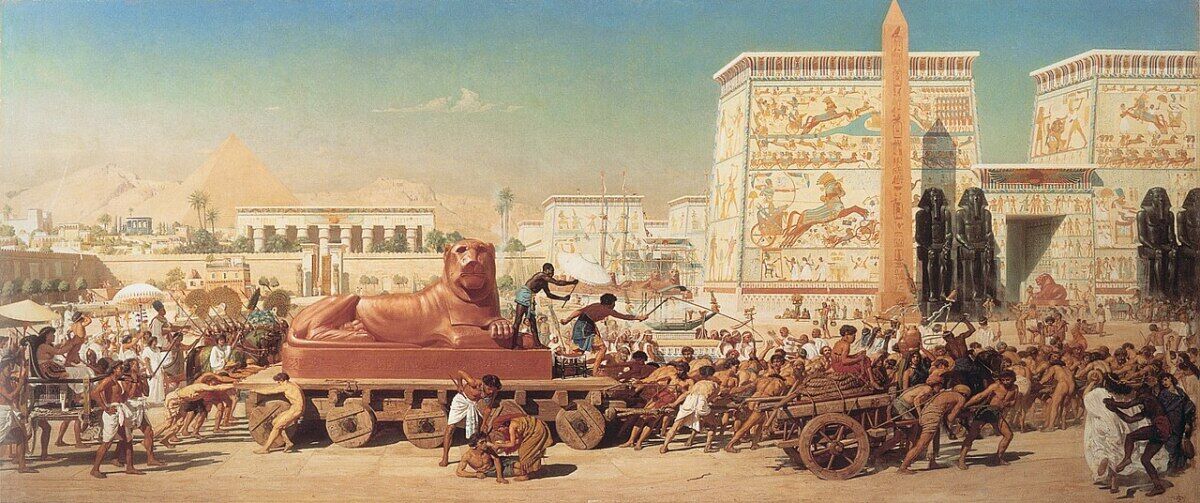
That being said, to say that there is no Egyptian record of the Exodus is inaccurate. Because there is detailed Egyptian record of the event—from a rather unsurprisingly propagandized perspective.
You’ve heard the Israelite story of redemption from the oppression of slavery, brutal taskmasters and a murderous pharaoh whose stubbornness ultimately led to Egypt’s ruin. But have you heard the Egyptian story of an evil ex-Egyptian priest whose “leper” slave followers brought ruin upon the land, oppressing the native inhabitants, before a heroic pharaoh freed the land and chased the slaves into Canaan? Here’s the curious, completely upside-down take on the Exodus—from the Egyptian point of view.
‘One of Egypt’s Principal Writers … Manetho’
One of the most widely cited early-Egyptian historians is Manetho. A native Egyptian priest and historian living in Ptolemaic Sebennytos (Samannud) during the fourth and third centuries b.c.e., Manetho is best known for his three-volume work Aegyptiaca, a lengthy chronological history of Egypt. His work draws on numerous older sources that have since been lost to history.
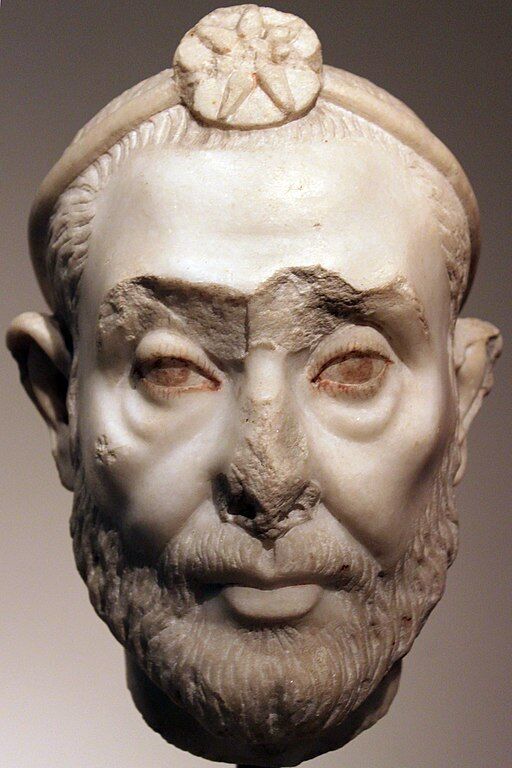
Unfortunately, as with the works of numerous other famous classical historians, Manetho’s Aegyptiaca has not survived in its entirety. Today, all we have of the text is fragments or lengthy quotations in other early historians’ writings. The earliest of these references is in the work of the first-century c.e. historian Josephus. Book i of Against Apion contains lengthy quotations from Manetho concerning events relating to the Exodus. Josephus introduced this section as follows: “And now I will turn my discourse to one of their [Egypt’s] principal writers, whom I have a little before made use of as a witness to our antiquity; I mean Manetho” (1:26).
The ensuing quotation of Manetho describes an Egyptian king named Amenophis (the Greek form of Amenhotep) who was told “that he might see the gods, if he would clear the whole country of the lepers and of the other impure people; that the king was pleased with this injunction, and got together all that had any defect in their bodies out of Egypt; and that their number was 80,000; whom he sent to those quarries which are on the east side of the Nile, that they might work in them, and might be separated from the rest of the Egyptians.”
https://youtu.be/MIBvzrLBpUU
Manetho related that there was an Egyptian prophet of the same name (Amenophis) who worried that “there were some of the learned priests that were polluted with the leprosy.” He continued:
[He] was afraid that the gods would be angry at him and at the king, if there should appear to have been violence offered [against] them; who also added this further, out of his sagacity about futurities, that certain people would come to the assistance of these polluted wretches, and would conquer Egypt, and keep it in their possession thirteen years; however, he durst not tell the king of these things, but left a writing behind him about all those matters, and then slew himself, which made the king disconsolate.
After those that were sent to work in the quarries had continued in that miserable state for a long while, the king was desired that he would set apart the city Avaris, which was then left desolate of the shepherds, for their habitation and protection; which desire he granted them.
Enter ‘Moses’
Now enters Manetho’s “Moses” figure (who is initially introduced with a different, Egyptian name). “But when these men [the ‘leper’ slaves] were gotten into it [their city, Avaris], and found the place fit for a revolt, they appointed themselves a ruler out of the priests of Heliopolis, whose name was Osarsiph, and they took their oaths that they would be obedient to him in all things.” This upstart, according to Manetho, attempted a religious revolution.
He then, in the first place, made this law for them, That they should neither worship the Egyptian gods, nor should abstain from any one of those sacred animals which they have in the highest esteem [e.g. sheep and cattle], but kill and destroy them all; that they should join themselves to nobody but to those that were of this confederacy. … [H]e had made such laws as these, and many more such as were mainly opposite to the customs of the Egyptians ….
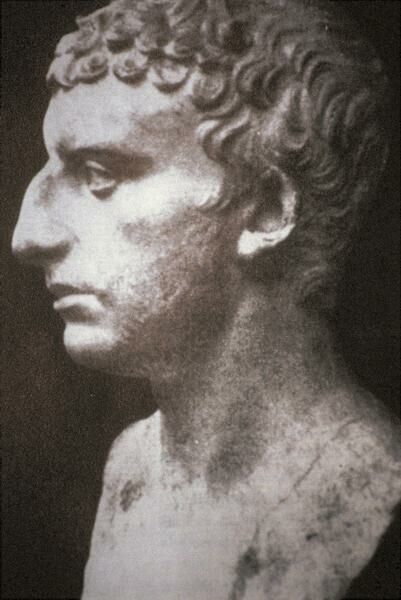
Manetho then proceeded to describe this rogue priest-leader preparing for an armed resistance against the Egyptians:
[Osarsiph] gave order that they should use the multitude of the hands they had in building walls about their city, and make themselves ready for a war with King Amenophis, while he did himself take into his friendship the other priests, and those that were polluted with them, and sent ambassadors to those shepherds who had [already] been driven out of the land by Tefilmosis to the city called Jerusalem; whereby he informed them of his own affairs, and of the state of those others that had been treated after such an ignominious manner, and desired that they would come with one consent to his assistance in this war against Egypt. …
These shepherds were all very glad of this message, and came away with alacrity all together, being in number 200,000 men; and in a little time they came to Avaris. And now Amenophis the king of Egypt, upon his being informed of their invasion, was in great confusion, as calling to mind what [the prophet] Amenophis, the son of Papis, had foretold him ….
Manetho’s account describes Pharaoh Amenophis taking radical action to avoid war. He instructed Egypt’s priests to “hide the images of their gods” for safekeeping. He sent his 5-year-old son, Ramesses, to a distant “friend of his” for protection. He then left Egypt with 300,000 chosen men and sacred animals, including the most sacred Apis bull, for a 13-year exile in Ethiopia (“for the king of Ethiopia was under an obligation to him”).
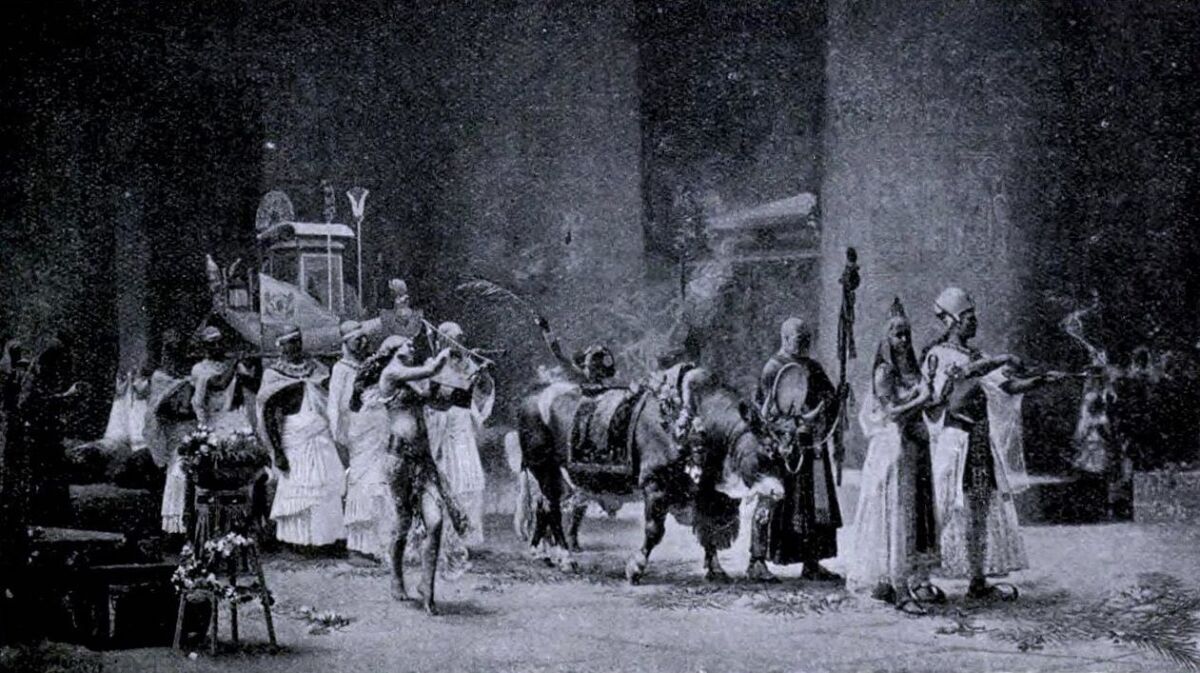
Exile, Desecration, and Triumphant(?) Return
Based on the prophecy, Amenophis thus avoided a battle against the shepherd-slave-leper forces led by Osarsiph, “thinking that would be to fight against the gods.” Manetho continued (emphasis added):
But for the people of Jerusalem, when they came down … treated the [Egyptians] in such a barbarous manner, that those who saw how they subdued the forementioned country, and the horrid wickedness they were guilty of, thought it a most dreadful thing; for they did not only set the cities and villages on fire but were not satisfied till they had been guilty of sacrilege, and destroyed the images of the gods, and used them in roasting those sacred animals that used to be worshiped, and forced the priests and prophets to be the executioners and murderers of those animals, and then ejected them naked out of the country.
It was also reported that the priest, who ordained their polity and their laws, was by birth of Heliopolis, and his name Osarsiph, from Osyris, who was the god of Heliopolis; but that when he was gone over to these people, his name was changed, and he was called Moses.

Manetho then described (suspiciously briefly) Pharaoh Amenophis’s triumphant return and “defeat” of Osarsiph/Moses, following his 13-year exile:
[A]fter this, Amenophis returned back from Ethiopia with a great army, as did his son Rampses with another army also, and that both of them joined battle with the shepherds and the polluted people, and beat them, and slew a great many of them, and pursued them to the bounds of Syria.
Thus the lengthy quotation ends. Josephus concluded: “This is what the Egyptians relate about the Jews, with much more, which I omit for the sake of brevity.”
Testimony of Tacitus
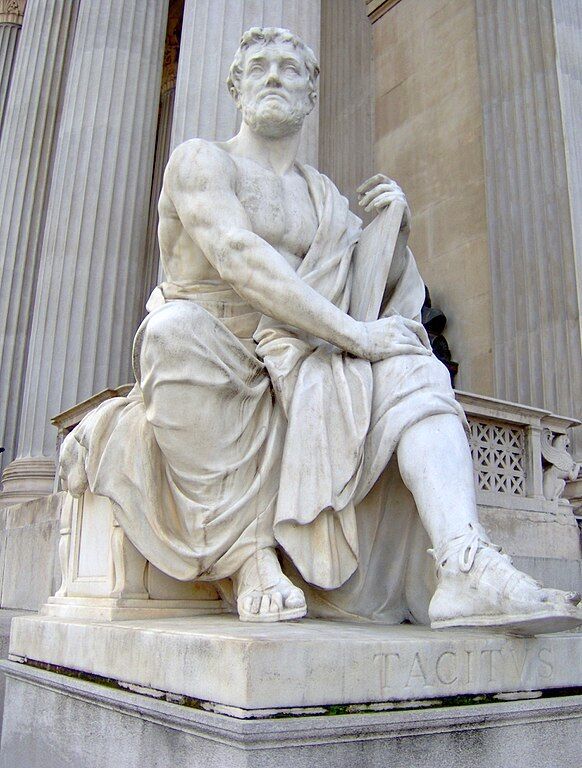
The first-century c.e. Roman historian Tacitus (widely considered to be one of Rome’s greatest) also provided a brief summary of the Exodus events, drawing from similar traditions and sentiments to Manetho. He wrote in his Histories as follows (5.3):
Most writers, however, agree in stating that once a disease, which horribly disfigured the body, broke out over Egypt; that [the] king … seeking a remedy, consulted the oracle of Hammon, and was bidden to cleanse his realm, and to convey into some foreign land this race detested by the gods.
This “oracle of Hammon” is likely a reference to the high priest of Amun, the prophet described in Manetho’s account. (In the Qur’an—which, for its part, follows the biblical account of the Exodus closely—this individual is similarly named Haman.) Tacitus then proceeded to mention the ensuing desert sojourn in a simplistic manner:
The people, who had been collected after diligent search, finding themselves left in a desert, sat for the most part in a stupor of grief, till one of the exiles, Moyses by name, warned them not to look for any relief from God or man, forsaken as they were of both, but to trust to themselves, taking for their heaven-sent leader that man who should first help them to be quit of their present misery. They agreed, and in utter ignorance began to advance [into the wilderness] at random. … After a continuous journey for six days, on the seventh they possessed themselves of a country, from which they expelled the inhabitants, and in which they founded a city and a temple.
The ‘Egyptian’ vs. the ‘Israelite’ View
Rather humorously, Josephus mocked Manetho’s (and by implication, Tacitus’s) account for being peppered with “fiction,” “trifles” and “arrant lies,” the product of “ill-will to us” (the Jewish people)—though he granted that Manetho “followed his ancient records,” which contained a core “truth of the history.”
Comparing the two accounts of the Exodus—Manetho’s Egyptian version and the well-known biblical version—makes for an interesting study. Several storyline variations immediately stand out from Manetho’s account:
- The disaster that befell Egypt was unavoidable, the result of offence to the gods by Moses/Osarsiph and his “leper” people, who were themselves responsible for the calamities.
- It was these people who treated the Egyptians in a “barbarous” manner, not the other way around.
- Instead of the Egyptians’ sacred animals dying in the fifth plague, they were brought into Ethiopia for safekeeping.
- Instead of the pharaoh’s son dying in the 10th plague, he was sent to “a friend of his.”
- It was for the good of the nation of Egypt that these “polluted” slaves and shepherds left.
- Instead of the pharaoh being present and responsible for what befell his country, he was instead in another country entirely, in an unavoidable exile mandated by the gods.
- Instead of Israel’s God bringing Israel out of Egypt in spite of the pharaoh, whose army was wiped out in the Red Sea, the pharaoh is portrayed as a conquering hero who reportedly drove Moses’s “lepers” all the way into Canaan, as far as the Syrian border.
- And as per Tacitus, it was the slaves who were the race “detested by the gods,” as opposed to the biblical account where Israel is chosen by God.
Ptolemaic Polemic
On the whole, and in comparison to the biblical, Manetho’s account reads as a fascinating example of “saving face.” Of course, it remains unknown how these details were passed on down to the time of Manetho’s writing (third century b.c.e.). And as Josephus continued to relate in Against Apion, there is room aplenty for debate on particulars of this retelling. For example, as Josephus noted, if Moses and his fellow priest-leaders really were lepers, why would Moses in the Torah then “ordain such laws against himself”—strict laws against lepers serving as priests? (i.e. Numbers 5:2—“Command the children of Israel, that they put out of the camp every leper, and every one that hath an issue, and whosoever is unclean ….”)
The propagandistic elements of Manetho’s retelling are clear. Skeptics, though, will point out that the same is true for both accounts—the biblical as well as Manetho’s—and that an underlying core of truth must be equally sought from both of them.
But even from a skeptical point of view, the two sides are not comparable. The Egyptian account is entirely face-saving—it condemns the enemies as “diseased” while it effusively praises and is apologetic toward the pharaoh and the Egyptians. It offers particular detail about the “ills” caused by the foreigners to Egypt, yet is remarkably vague about major details one would normally expect to be celebrated (such as the suspiciously short summary of the defeat of the slaves and shepherds and their forced flight into Canaan).
Compare that with various details from the biblical account. The “hero,” Moses, is described from nearly the beginning as an individual with some kind of speech impediment (Exodus 4:10) who initially flees for his life from the pharaoh (Exodus 2); is nearly killed by God before he begins his mission (Exodus 4:24); is sternly rebuked by his wife (verses 25-26); receives correction and admonishment from various individuals, such as his father-in-law (Exodus 18); is described in one account as needing assistance for failing strength in his arms (Exodus 17); and was not even allowed to enter the Promised Land because of sin (Deuteronomy 32:48-52). Imagine if the same were written about a pharaoh: The text—much less the author—wouldn’t have survived for very long!
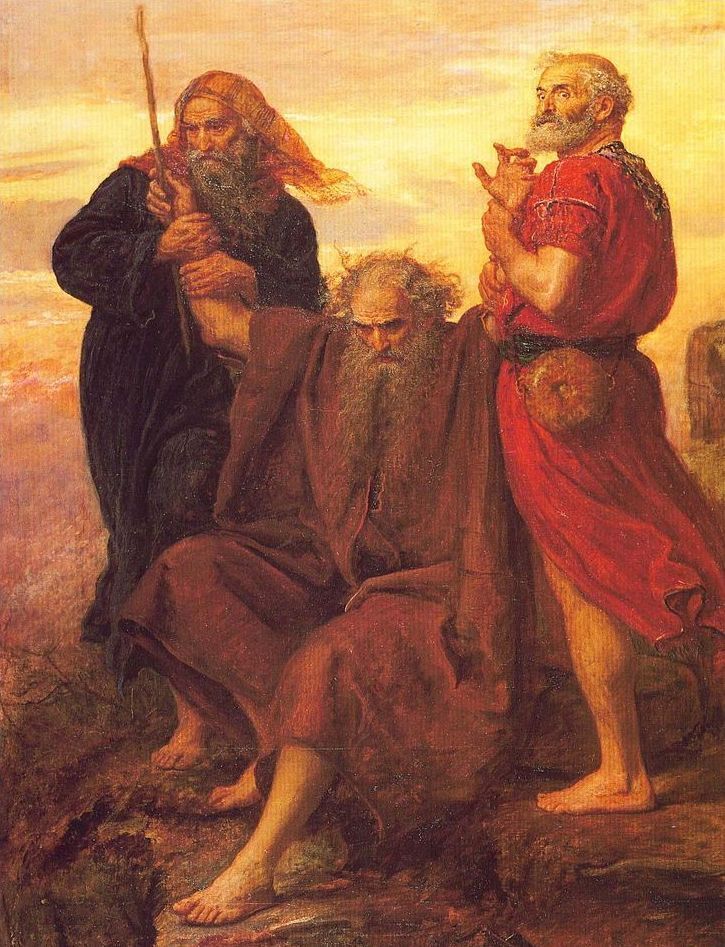
Of course, all of these more or less unflattering details fit within a wider context that is ultimately complimentary of Moses as one of the greatest personalities of the Bible. But such frank admissions (not to mention the entire Israelite population being condemned for sin, murmuring and disbelief—with only two adults who left Egypt permitted to enter Canaan) are hardly comparable to the self-exalting propaganda of ancient Egypt, including the reverence of the pharaohs and their families as demigods.
This is, in fact, one of the defining features about the biblical account when compared to records from virtually all other surrounding ancient nations. It includes ready admission of wrongdoing, even for Israel’s greatest kings and leaders. It is this full, unbiased disclosure that has led some scholars (still only a precious few, of course) to conclude that Israel’s history should thus automatically be held in higher esteem as a more reliable accounting than that of contemporary civilizations.
The Value of Manetho’s Account
Despite the clearly polemical aspects of Manetho’s account, it is a real gem: It’s a veritable Egyptian admission of the underlying historicity of the biblical event. And various details from it assist greatly in studying the biblical account, especially when looking for corroboration of the account among material discoveries in Egypt.
After all, to the chagrin of modern historians, the Exodus pharaoh is not named in the Bible. (This is hardly an oversight; instead, it was a specifically New Kingdom Period custom—which Moses obviously was familiar with—to not use the name of the pharaoh. You can read more detail about this here.) The later Manetho, however, named him as Amenophis—the later Greek form of the Egyptian pharaonic name, Amenhotep. (Egypt, at the time of Manetho, was ruled by the Greek Ptolemies; thus, Greek was the lingua franca of the nation at the time.)
There are four known Egyptian pharaohs named Amenhotep, all ruling between the 16th and 14th centuries b.c.e.—Amenhoteps i, ii, iii and iv (the latter changing his name to Akhenaten later in life). Manetho’s account thus provides supporting evidence for identifying the Exodus pharaoh as one of these.

Further to this point, there is a heated debate over when the biblical Exodus took place. Biblical chronology firmly places the Exodus in the 15th century b.c.e. (read more about this here). However, a popular trend is to date the Exodus to the 13th century and identify the Exodus pharaoh as Ramesses ii. A key reason for this is the biblical detail about the Israelite construction of the city Raamses (Exodus 1:11). The city Pi-Ramesses was constructed during the reign of Ramesses ii (and was named after him). However, this name is also used in the story of Joseph; thus, opponents to the “Pharaoh Ramesses” theory assert that the biblical name is anachronistic (a later editorial change) for an earlier original site that bore a more obscure name.

And what was the earlier, original site of Pi-Ramesses during the 15th-century period in question, according to biblical chronology? It happens to be the city Avaris (a name similar to the root of the word Hebrews, “Avar”). Further, the biblical use of the name “Raamses” may not necessarily refer to the later 13th-century pharaoh Ramesses at all: Could it instead hearken to the Manetho-described son of Amenophis with the same name—a son who has since been lost to history?
An additional point: The immense biblical tally for the Exodus of “six hundred thousand men on foot, beside children” (Exodus 12:37) is often dismissed even by biblical scholars as impossibly large. (Numerous alternates have been suggested—even in the vicinity of a few thousand men.) Yet Manetho’s combined numbers, while not a match, are still similarly huge—200,000 “shepherd” men, besides 80,000 slave miners (not including women and children, who aren’t mentioned by Manetho).
These points, among others, converge to add credence to the antiquity, dating and geography of these various events as recorded in the Bible.
Even the overall subject of leprosy (albeit twisted in classic anti-Semitic manner) connects with the biblical account. Six different passages in the Torah mention leprosy, including instruction on how to prevent as well as treat it. Further, a miracle including leprosy was used by Moses to provide evidence of his divine calling (Exodus 4:6-8). Even Moses’s first address to the pharaoh—before any of the plagues began—contains a possibly related tidbit: “‘The God of the Hebrews hath met with us. Let us go, we pray thee, three days into the wilderness, and sacrifice unto the Lord our God; lest He fall upon us with pestilence, or with the sword’” (5:3).
These references, together with the accounts of Manetho and Tacitus, suggest that there could have been an outbreak of leprosy at the time. (Manetho’s “blaming” of the Jews for this hearkens directly back to the “Black Death,” or bubonic plague, of the Middle Ages—a plague famously blamed on the Jewish population, which was proportionally unaffected by it thanks to their more strict, biblically based quarantine and health laws.)
Manetho’s Egyptian-favoring account, overall, may be an attempt at saving face. But in a way, it accomplishes the very opposite—lending strong credence to the core historicity of events that, even in Josephus’s day, were being questioned. Exodus events that, as both accounts attest, spelled horrifying disaster for Egypt—and that ultimately led the enslaved population into the Promised Land.